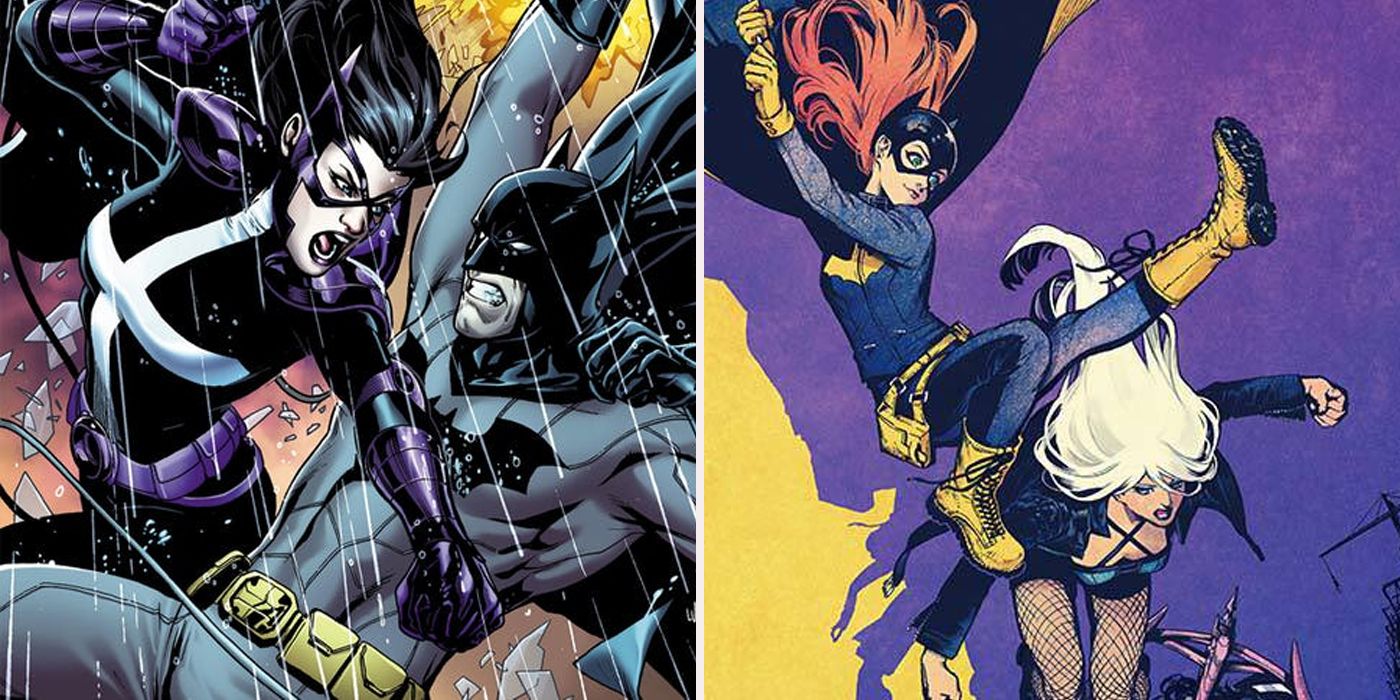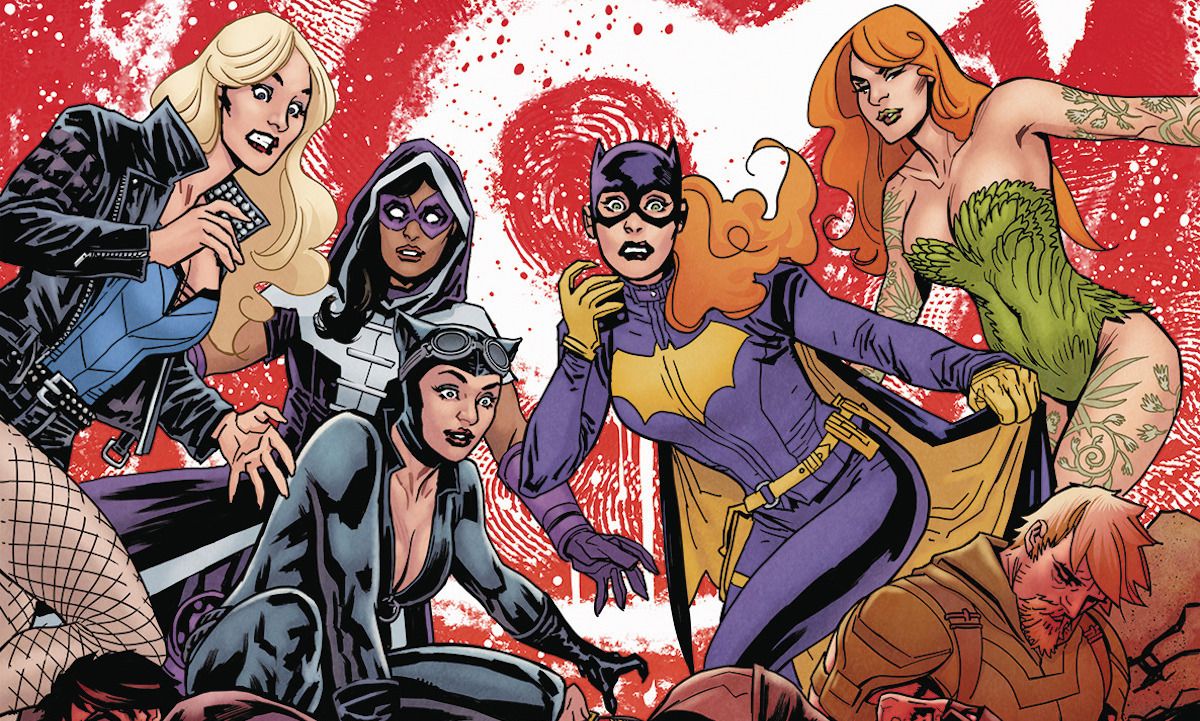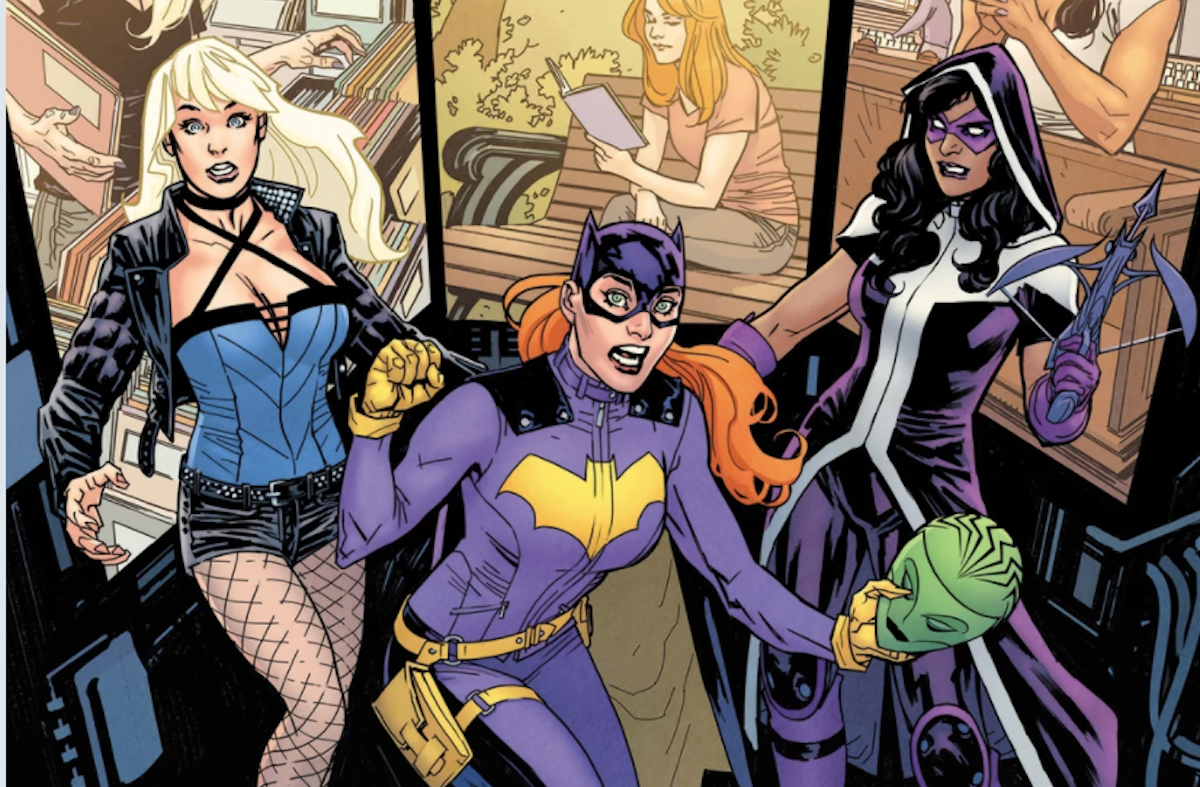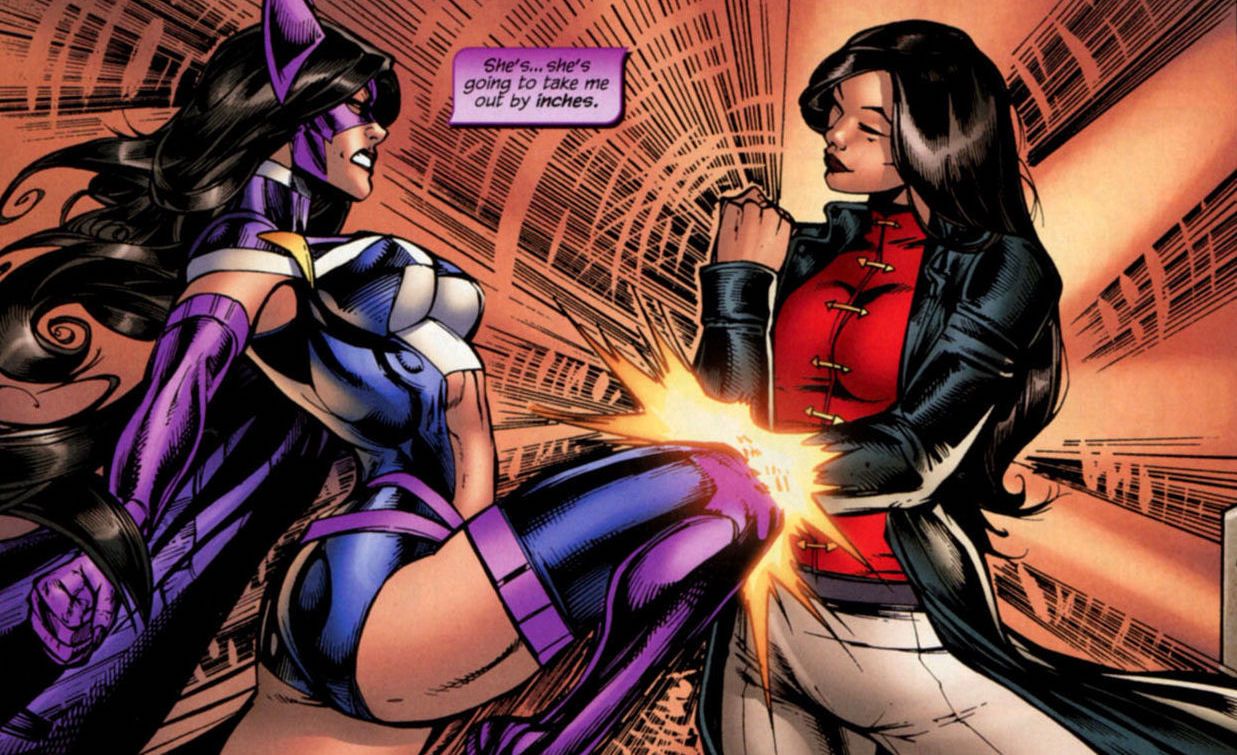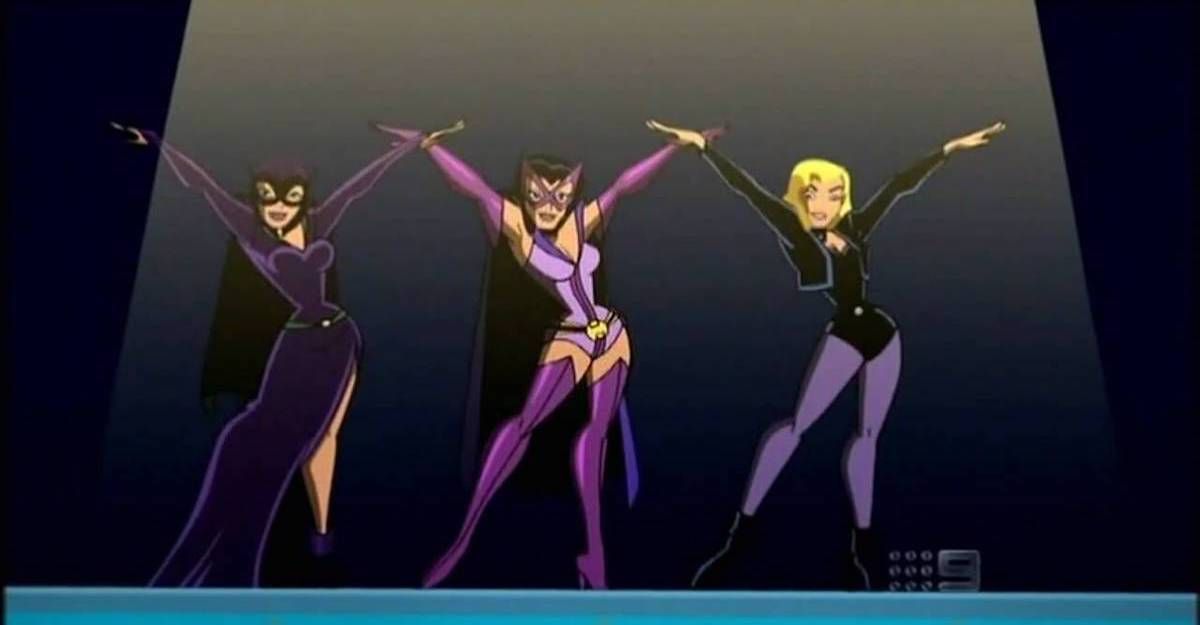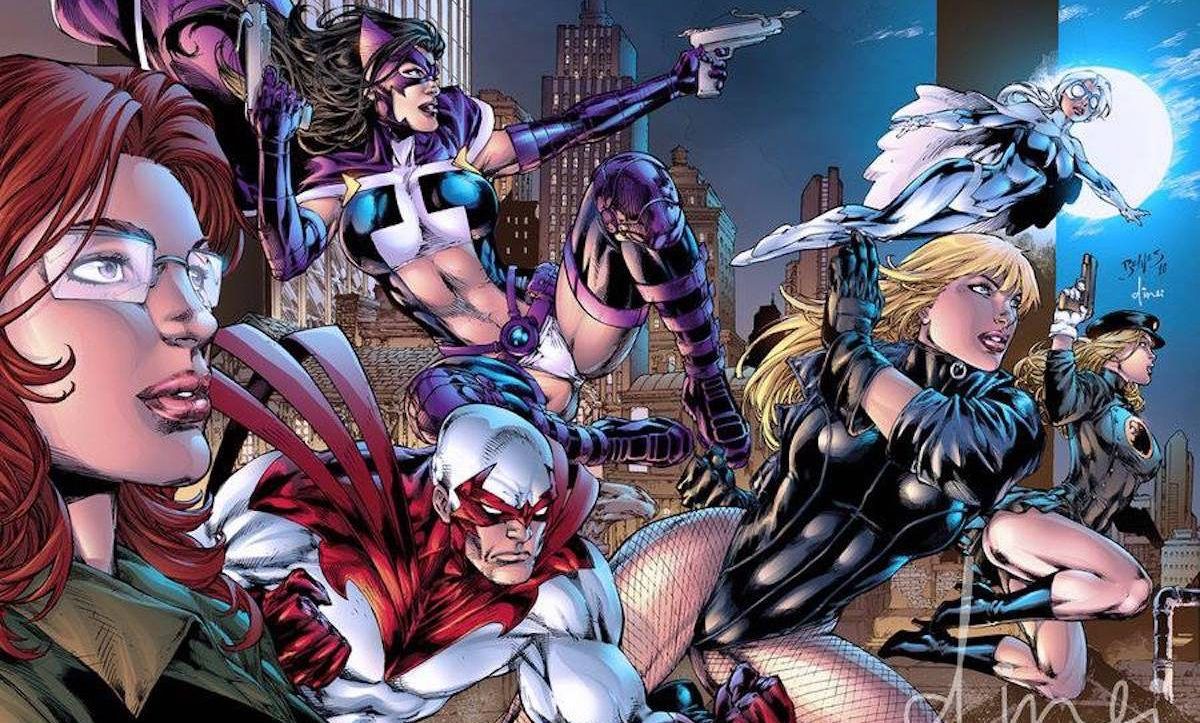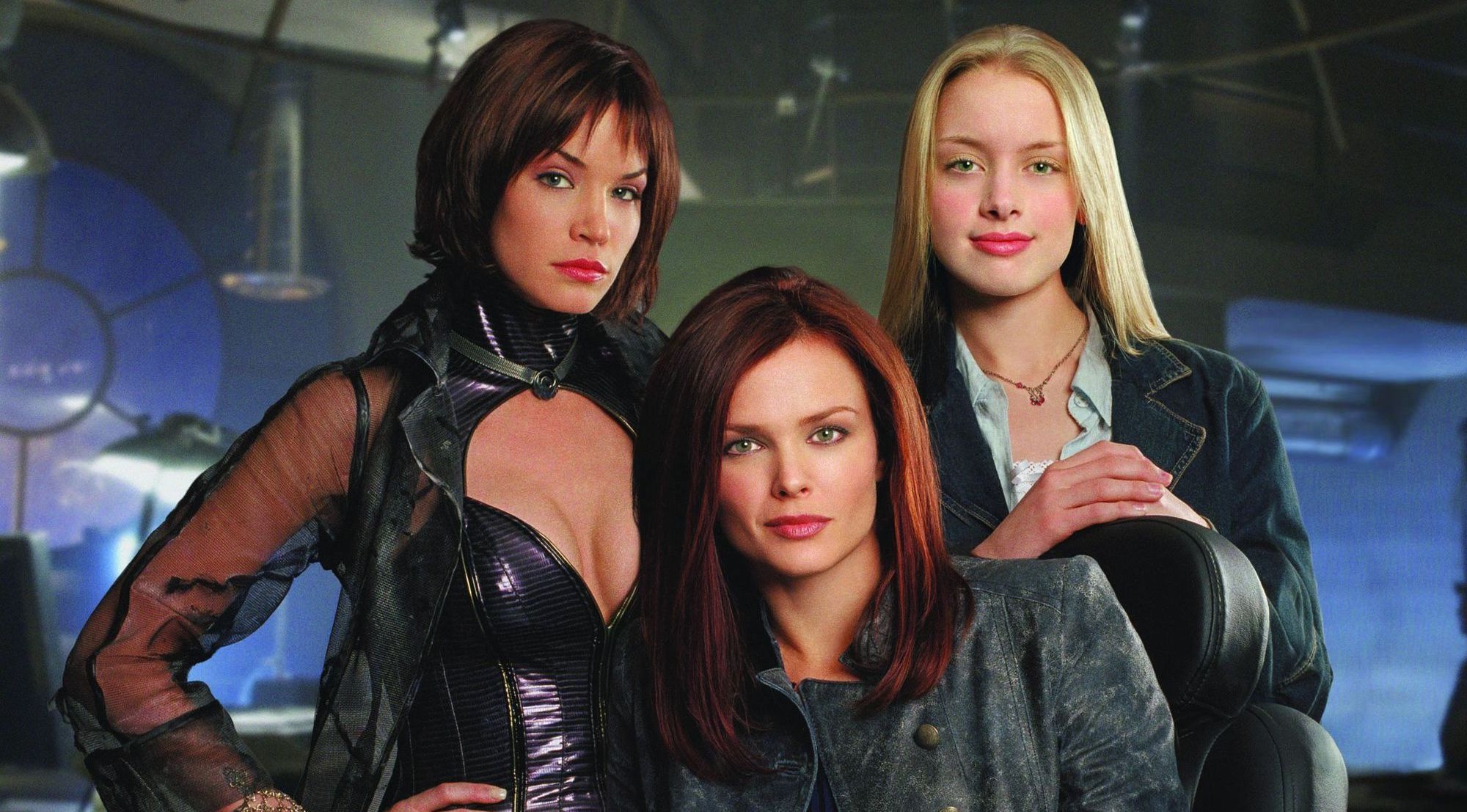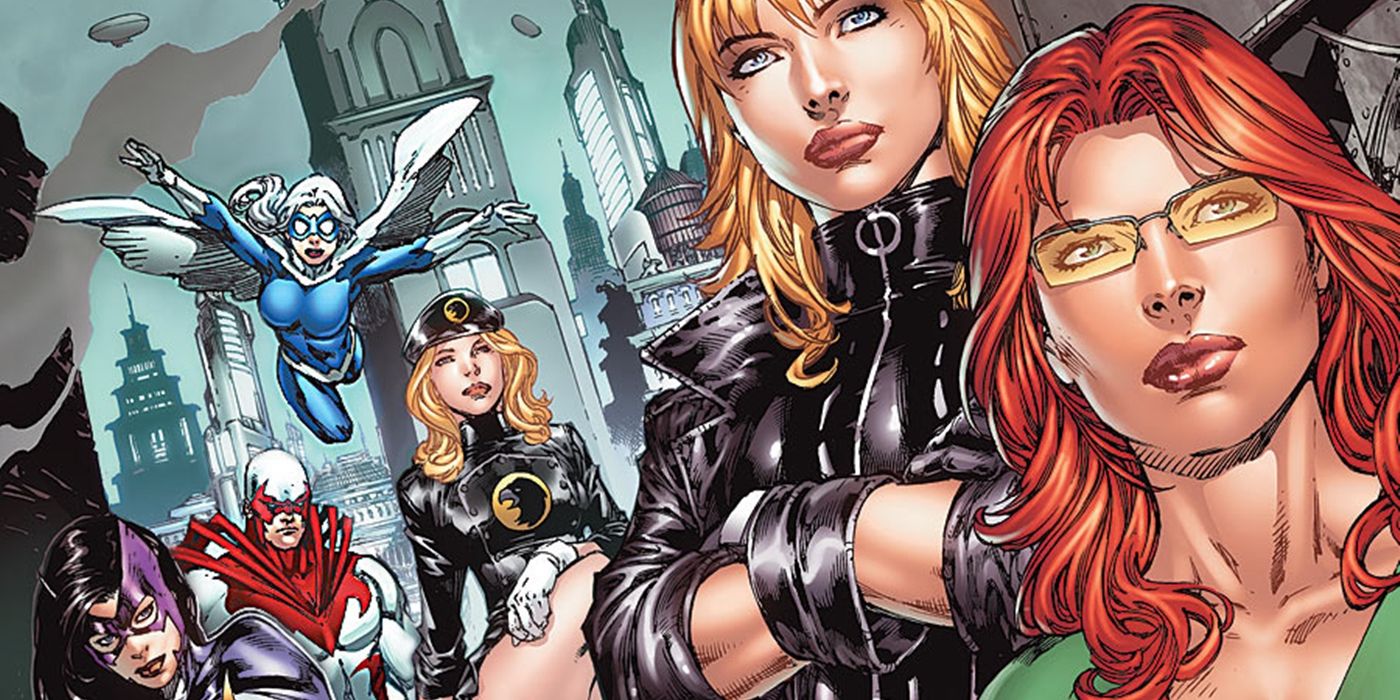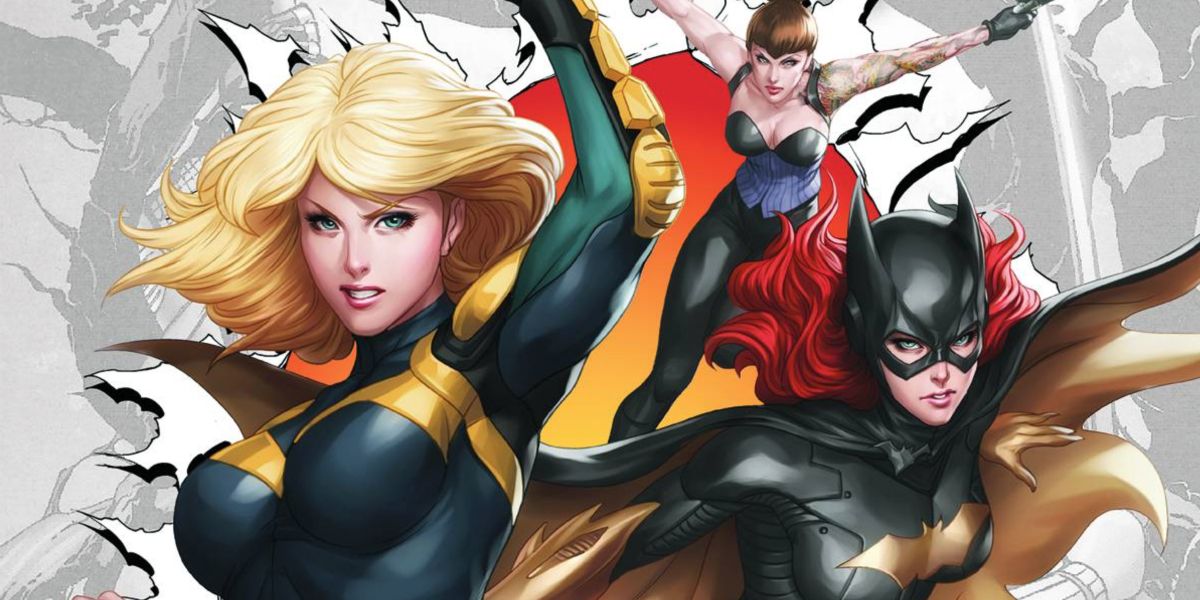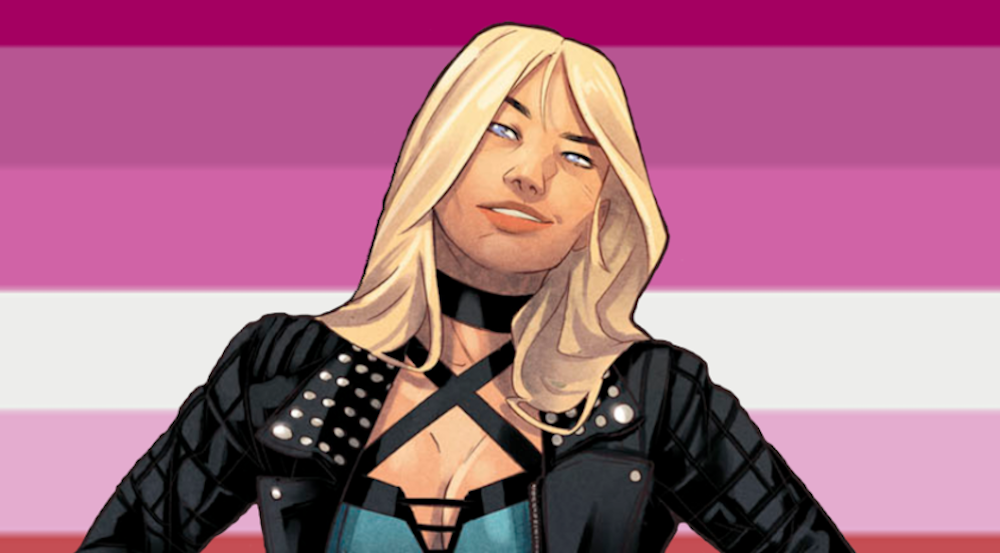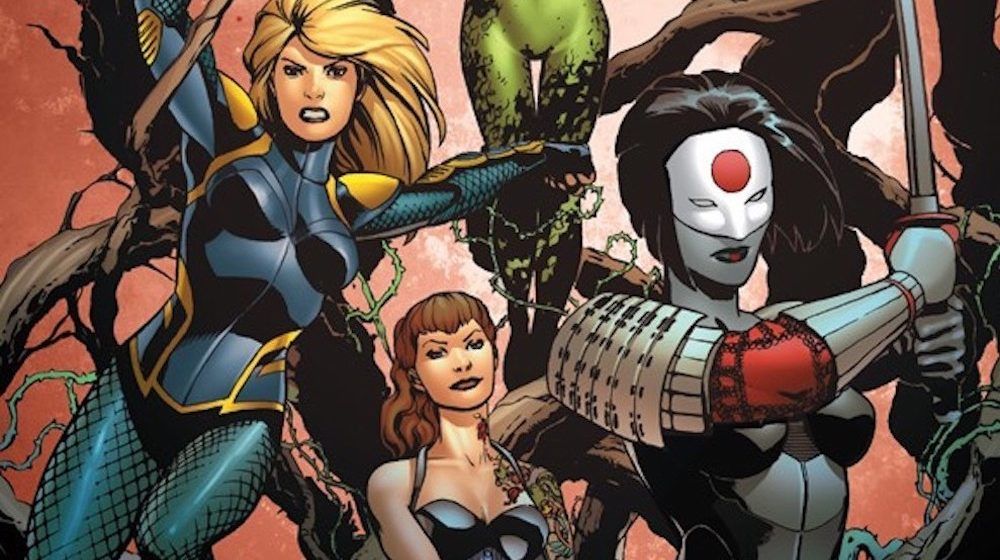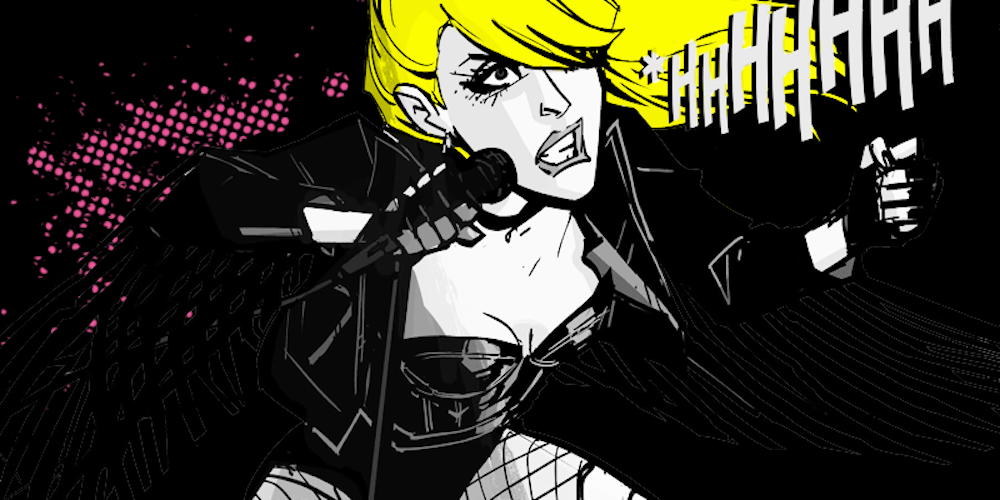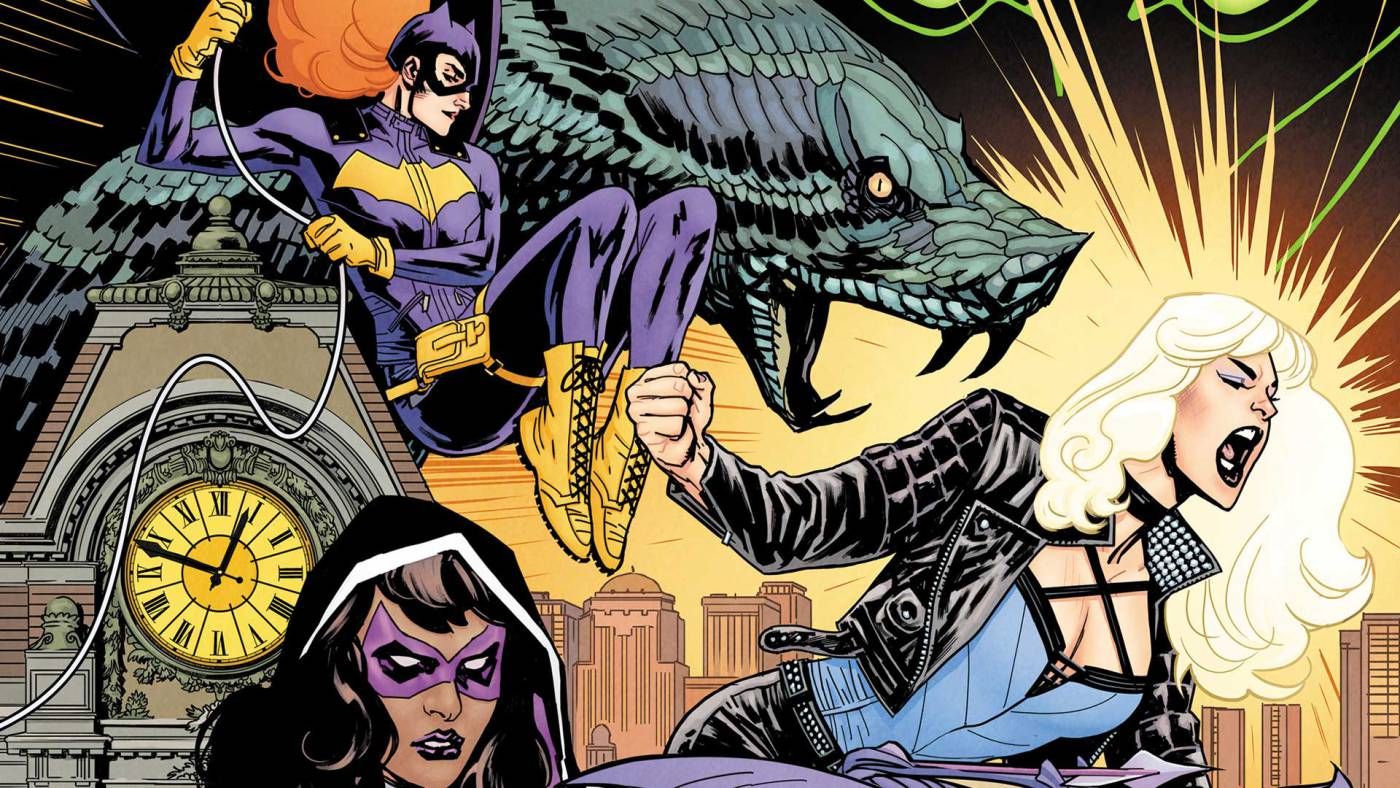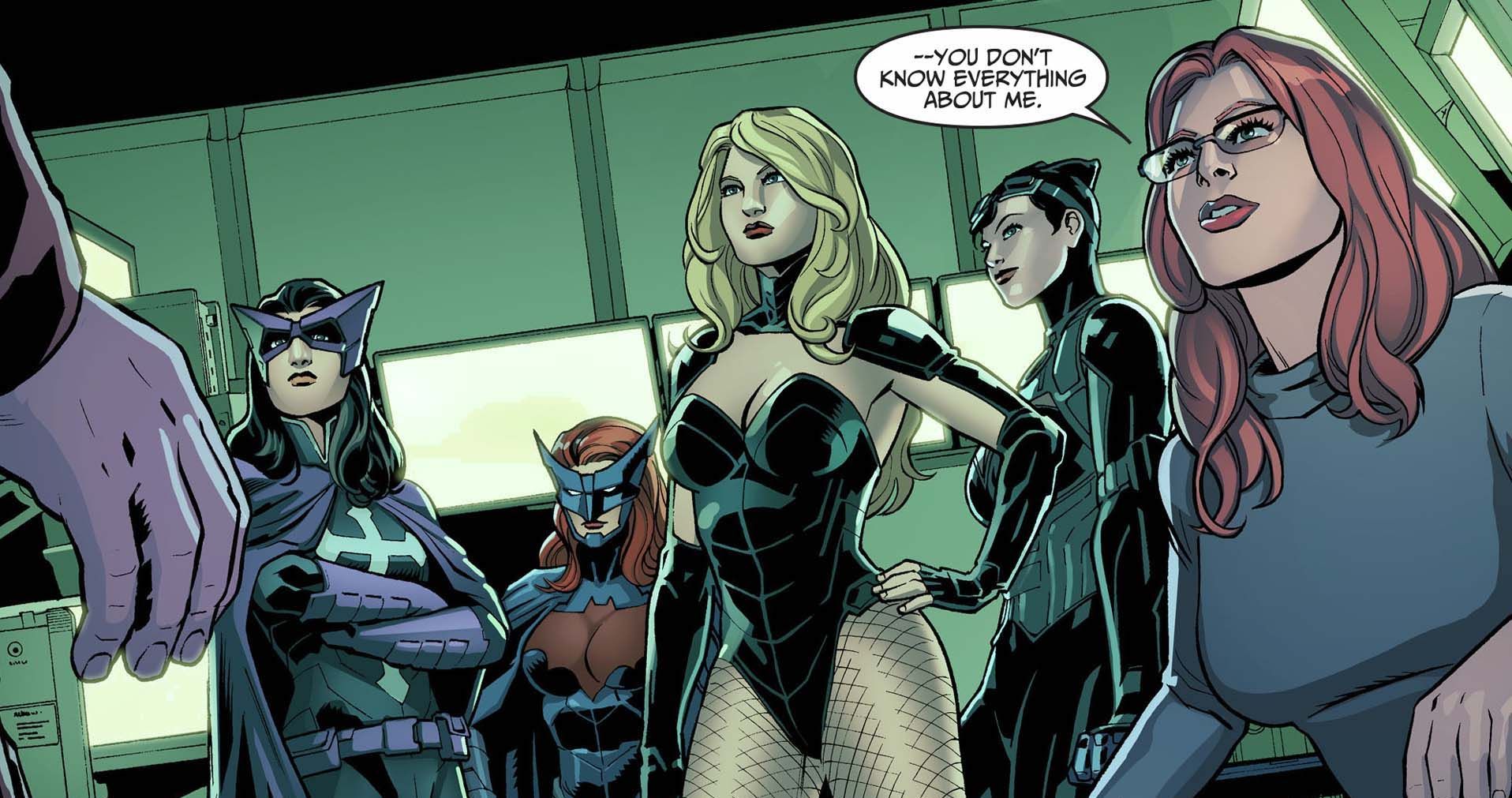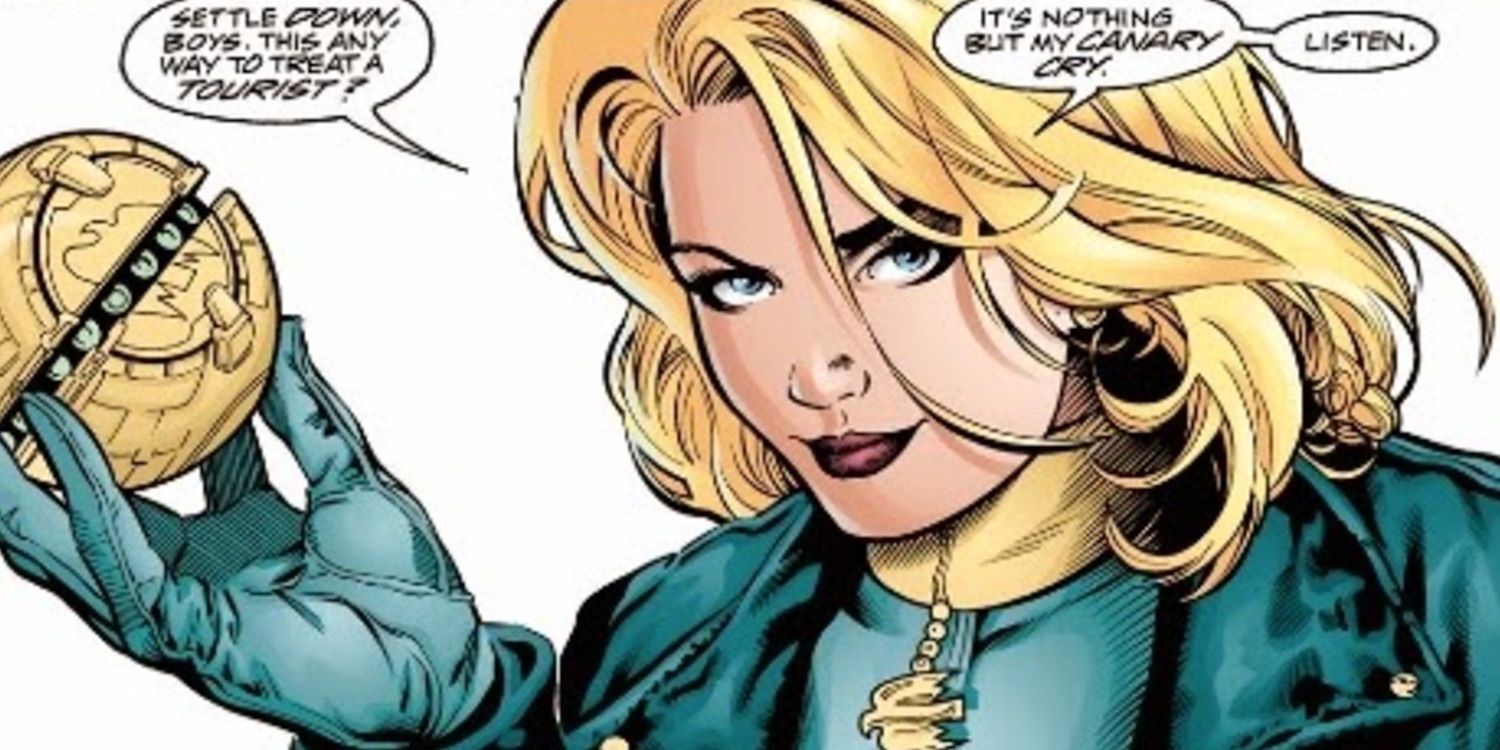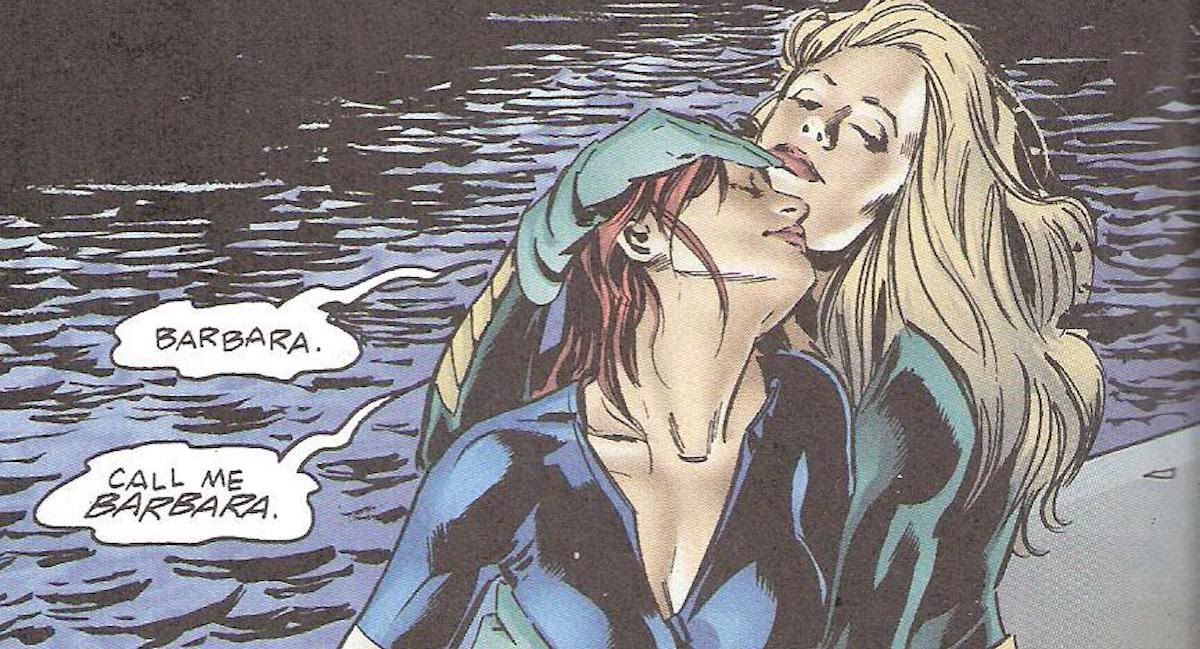Female superheroes play a unique role in comic books. On the one hand, seeing a woman fight against injustice is entirely empowering. However, most of the time, female superheroes are objectified and made into overly sexual beings. Fortunately for fans of DC comics, there’s Birds of Prey, a long-running series that almost always has its heroines acting like authentic, autonomous characters instead of pin-up dolls-- for the most part, at least.
Black Canary, Barbara Gordon (as Oracle and Batgirl), and Huntress round out the core cast of Birds of Prey, a series originally launched in 1996. Publishing on-and-off since then, the series has changed its lineup of heroes over the years, but there’s always been a core female membership. Also, no matter the time, readers know that they can turn to Birds of Prey to see some super heroines in action.
Over the course of the franchise’s history, the Birds of Prey team has gone on tons of adventures, from epic to mundane to straight-up silly. Some things, on-panel and behind the scenes, are almost too crazy to believe.
Here are the 15 Things You Never Knew About The Birds Of Prey.
They've Killed A Lot Of People
Even though it’s a bit annoying and unrealistic at times, it’s pretty much a golden-rule in comic books that heroes don’t kill. Sure, countless lives would be saved if Batman finally did in the Joker, but no, that would be morally wrong and it’s not allowed, lest Batman be excommunicated from the hero-community.
Somewhat fortunately, the Birds of Prey don’t feel the need to follow this particular rule, at least not one of its members: Huntress-- though the other members of the team don’t seem to care much sometimes either.
Huntress has always had a tendency to using lethal force on her enemies, it’s one of the reasons why she was kicked out of the JLA. Black Canary and Oracle try to change her killing ways throughout the series... until The Battle Within arc from issues 76 to 85.
Here, Oracle actively tries to get Huntress to stop killing, only to apologize to her for doing so by the end. In a later arc, Oracle even says to Huntress that it’s totally cool to kill members of the Secret Six if it comes to that, basically admitting that, sometimes, lethal force is truly necessary.
Their Names Make No Sense
With a name like “Birds of Prey,” you’d think this team of heroes would be bird-themed to some degree. However, this isn’t really the case. Barbara Gordon (Oracle and Batgirl) and Huntress--two-thirds of the core team-- have absolutely no connection to anything avian.
Black Canary fits, but only really through her name. Dinah Laurel Lance doesn’t actually have any bird-like powers, though, relying mostly on martial arts skill. The “Canary Cry” is an exception but it doesn’t even sound like a bird, and at the beginning of the series, Dinah couldn’t even use that ability.
The comic doesn’t even use the name “Birds of Prey” for eighty-six issues. Even then, when the character Zinda Blake pitches the name for the group, no one really acknowledges the suggestion.
For some reason, the name “Birds of Prey” does fit for the team, but it really doesn’t make much sense, a fact that has become something of a running joke in the DC Universe. Jamie Reyes, the Blue Beetle, actually calls out the team for this, telling Oracle how silly it is to have a bird-themed supergroup name when no one has the powers or codename to fit the team.
Huntress Is Actually A Pretty Bad Fighter
If a hero has no real superpowers, the likelihood of them knowing some sort of fighting style is practically one hundred percent. If you don’t have super strength or bullet-proof skin, you better know how to throw down. However, Huntress, a non-powered member of the Birds of Prey, does know how to fight. However, when compared to others, Huntress’s fighting abilities don’t really hold up.
Yes, Huntress can take down a group of thugs or the like, since she is a trained fighter. Huntress’s skills, however, aren’t nearly at the same level as her teammate Black Canary. Same goes for the villain Lady Shiva, one of the best martial artists in the DC Universe, and it becomes clear when Huntress tries to take her on.
The battle is basically a one-sided beat down, with Huntress purposefully taking blow after blow, knowing that she can’t keep up with Lady Shiva. Instead, Huntress takes a pounding so she can split blood into Lady Shiva’s eyes.
This moment is indicative of Huntress’s fighting style, since she’s more of a street-fighter and brawler who uses whatever is available to her rather than a trained master like Black Canary or Lady Shiva.
The Team Nearly Had A Justice League Episode
Justice League Unlimited remains one of the best DC Animates series, bringing together all sorts of DC heroes in epic tales. One episode was supposed to feature the Birds of Prey, but it unfortunately never came to be.
The idea for the episode had a hospitalized Batgirl coordinating a mission with Huntress and Black Canary from her hospital bed. Unfortunately, the writers of JLU couldn’t use bat-characters due to copyright conflicts, so Barbara Gordon had to be scrapped. Instead, the plot was reworked into the episode “Double Date,” where Green Arrow and Black Canary go on a mission with The Question and Huntress.
Fortunately, the gods of all-things animated did allow for an actual Birds of Prey episode to appear in a cartoon. This was in Batman: The Brave and the Bold, written by Birds of Prey author Gail Simone, which had Huntress, Black Canary, and Catwoman comprising the team.
Once again, Batgirl/Oracle had to be left out because the TV show’s canon didn’t have Oracle (and possibly because of rights issues, once again).
It's An All Female Team, With Some Exceptions...
In the DC Universe, the Birds of Prey are the quintessential “all female” team. The core members are all women (Black Canary, Huntress, Barbara Gordon) and the branding for the comic plays this up pretty hard. For the most part, the team is comprised entirely of women, but not always. Yes, there have been men to become Birds of Prey.
Throughout the franchises history, plenty of fellas have assisted on missions. Nightwing always seems to pop up (and is sexually objectified, as he often is) and other male heroes, such as Wildcat, Savant, and Creote usually appear to help the team out.
However, these are just specific instances of a guy being on a mission, there’s no dude on the official Bird of Prey roster until Hawk and Dove join the team. This is at the start of volume 2 of Birds of Prey, where the duo Hawk and Dove briefly join the team, with Hawk being the very first male member officially on the roster.
There Was A Live Action TV Show
Long before the era of live-action DC TV we enjoy now, with Arrow, The Flash, and Supergirl regularly gracing the airwaves, there was the Birds of Prey show. A live-action recreation of the comic book, the Birds of Prey TV show reworked the character’s backstories and motivations a bit.
Huntress was the daughter of Batman and Catwoman, Dinah had telepathy and was the daughter of the original Black Canary, and Oracle, well, Oracle’s history was left basically the same. Harley Quinn was the show’s “Big Bad,” who is a bit more devious in the show than in the comics, as she is able to trick most people into thinking she’s a completely sane psychiatrist.
Despite having a rather impressive set of ratings for the premiere episode, Birds of Prey didn’t last long on the air. Only 13 episodes were produced, running from October 9, 2002 to February 19, 2003.
Women Of Colour Were Not Allowed To Be In The Comic
With a cast of all-female heroes, Birds of Prey is one of the few comics that isn’t dominated by men. Still, there is a distinct lack of diversity on the team, which makes Birds of Prey very much like almost every other comic book: it only features white people.
The lack of diversity in Birds of Prey wasn’t lost on the comic’s writers, particularly Gail Simone. In fact, Simone has said that she wanted to include characters of colour in the team’s roster, only to meet some barriers.
Simone planned on bringing Vixen, an African-American heroine, into the Birds of Prey fold, but her editors said no. The same thing happened when Simone tried to get Cassandra Cain, aka Batgirl, into the comic, which never occurred, mainly because of ongoing event (Batman Inc.) that was keeping the character busy.
Not to make the DC editors sound like evil racists, Birds of Prey did feature some characters of colour in guest roles, such as Lady Shiva, The Question (Renee Montoya), and Vixen, who would eventually appear in the comic. Fortunately, the colour-barrier would be broken with the New 52 relaunch, where Kantana (and later Strix) would go onto becoming full members of the Birds of Prey.
The Comic Was Relaunched Over And Over
Comic book relaunches are kind of the worst. The numbering for the title changes, a new creative team is brought in, and, most of the time, a slew of alterations are made to a comic to make it more appealing to a wider audience. Relaunches of the Birds of Prey are no exception, and there have been quite a few.
The original Birds of Prey run lasted from 1996 to 2009, an impressive 13 years. Then, in 2010, the series was relaunched, with Gail Simone at the helm. However, only after 13 issues of a fairly popular run, the series was cancelled and relaunched in 2011.
This was largely due to the New 52 rebrand of DC comics, and Birds of Prey came back in September 2011 with Duane Swierczynski and Jesus Saiz overtaking creative leadership. The most recent relaunch occurred last year, as part of DC Rebirth in 2016, when the comic’s title was reworked into becoming Batgirl and the Birds of Prey, reflecting the new status quo for Barbara Gordon, who had regained the use of her legs and assumed the mantle of Batgirl.
Black Canary is Supposed To Be Bi
Bisexuality is something of a rarity in comic books. Actually, sexual diversity in general is sorely lacking in DC titles. Yes, there are some gay characters, a step in the right direction, but mainstream comics tend to forget about the other points in the queer spectrum. Or, as was the case with Black Canary, any hint of bisexuality was explicitly removed from the story.
There’s actually a specific moment in Birds of Prey that kind of proves the bias against bisexuality. When Black Canary is fighting Talia Al Ghul, who always dresses in some sort of scantily-clad outfit and is generally seductive towards anything that moves, the heroine is supposed to comment that she is “75% heterosexual."
That revealing one-liner never made it into the comic, however, as Black Canary instead says that she’s “heterosexual to the bone." Miscommunication between the writers, artists, and printers is said to be the reason for the dialogue-switch, and not any ill-will towards the bisexual community.
The Team Keeps Changing
Black Canary, Oracle, and Huntress-- the trio are the core members of the Birds of Prey and are the heroes most often associated with the team. That’s largely because the three heroines are the most active members of the Birds of Prey, but membership of the super-group has been surprisingly fluid over the years, with many other heroes joining the team’s roster.
An ever-changing lineup of heroes became a reality in Birds of Prey once Black Canary left the team. Afterwards, Huntress and Lady Blackhawk were the title’s main characters, with supporting characters coming and going.
Gypsy, Big Barda, and Hawkgirl are all examples of heroes who only appeared for specific missions, among others. Later, Manhunter and Misfit would become more semi-permanent members, and even a man would join the team when Hawk and Dove become short-lived Birds of Prey teammates.
Now, the team is a bit more solidified in membership, with Barbara Gordon reassuming the mantle of Batgirl alongside Huntress and Black Canary.
It Made Black Canary Into A Serious Superhero
A staple of DC comic book history, Black Canary is one of the most experienced heroes around. A former JLA member (and its leader, at one point) and one of the best fighters around, heroes and villains alike respect Dinah Laurel Lance. Before Black Canary joined Birds of Prey, however, that wasn’t quite the case.
When Birds of Prey first launched, its representation of Black Canary was wildly different from what came before. In the pages of the title, Black Canary lost her classic (and fairly campy) fishnet suit for a more spy-like bodysuit that had plenty of cool gadgets and crime-fighting pieces of tech.
Dinah even acts more seriously and battles foes more grounded to reality, like human traffickers and drug lords, instead of the usual lineup of costumed villains. At one point Oracle even calls Black Canary out, making fun of her old costume and reputation as a hero. The change was much needed and gave us the confident, capable Black Canary we know and love today.
They've Battled Google And Facebook
Today, if you were to think of “potentially evil mega corporations that could control the world,” a few examples would probably spring up in everyone’s mind. Google, Facebook, Amazon, and some of the other tech giants would fit the bill, since they have the money and influence to do anything they want, even hatch evil schemes. In Birds of Prey, that’s exactly what tech companies do, putting them at odds with the team of super heroines.
Right after Gail Simone departed from the book, the Birds started to take on the “Silicon Syndicate,” a tech-mafia of villains. Basically, these evildoers took control of major websites in the DC Universe (like Google and eBay) to fund their network of crime. Making trillions of dollars, no one knows these guys even exist, save for the Birds.
However, readers never got to see the end of the battle between the team and the Silicon Syndicate. What was supposed to be the final arc of the series got dropped at the last minute. When the series was relaunched in 2010, no closure was given, making this matchup lost forever.
Oracle Is A Celebrity And Information Broker
On the surface, Oracle isn’t the most impressive of super heroes. Barbara Gordon doesn’t have any powers and really just uses the internet to do everything. It’s not quite as flashy as kicking gangsters in the face, but Oracle isn’t to be messed with. Capable of doing almost anything (since the entire world is linked to some sort of computer system nowadays), Oracle’s influence knows no bound. And neither does her popularity.
As an information broker for the entire DC hero community, Oracle’s name is pretty well-known-- as are her own exploits. So, as Birds of Prey continues, Barbara Gordon’s created persona starts to become more of a liability than anything else.
No one knows Barbara’s real identity, but everyone knows Oracle, so anyone working with Oracle can become a target. Basically, Oracle is a celebrity, and a hero can’t really do their job when they’re that deep into the spotlight.
Black Canary's Blonde Hair Is Part of Her Costume
Dinah Laurel Lance, better known as Black Canary, may be the most famous blonde in comics. Appearing in DC comics in some form since 1947, Black Canary is one of the first female superheroes, and always sported golden locks, which is why it’s such a shock to learn that Black Canary isn’t a natural blonde. Well, at least the modern version of Black Canary.
No, Dinah Laurel Lance actually has dark hair, the blonde hairdo is merely a part of the Black Canary costume. Originally, Dinah would wear a long, blonde wig to cover her short-and-dark hair.
The wig would even change the shape of Dinah’s head, making her looks less recognizable (beyond the simple hair colour change) when out of costume. Apparently the wig was pretty itchy and Dinah eventually got fed up. So to keep her crimefighting look the same, Dinah decided to just dye her hair blonde.
One Comic Panel Was Never Supposed to Happen
With a narrative focused almost exclusively on women, Birds of Prey can easily be read with a homosexual lens. Not that you’d really have to be very analytic to reach some subtext in Birds of Prey, because it’s thrown in the reader’s face pretty often. DC management couldn’t pass up the chance to get fanboys hot and bothered with some very suggestive panels showcasing the Birds of Prey heroines in some highly intimate settings.
The most famous, sometimes called “the gayest comic panel ever,” goes down during the original Chuck Dixon run on the comic. However, it was never supposed to originally happen.
When Black Canary and Oracle meet in-the-flesh for the first time, Barbara gets hurt and Dinah is supposed to be cradling her wounded body. The original script makes a note that the pose is not supposed to be sexual, at all. Obviously, looking at the image above, that’s far from what happened, with DC deciding to provide some intimacy in the panel.
---
Can you think of any other interesting facts about the Birds of Prey? Let us know in the comments!

